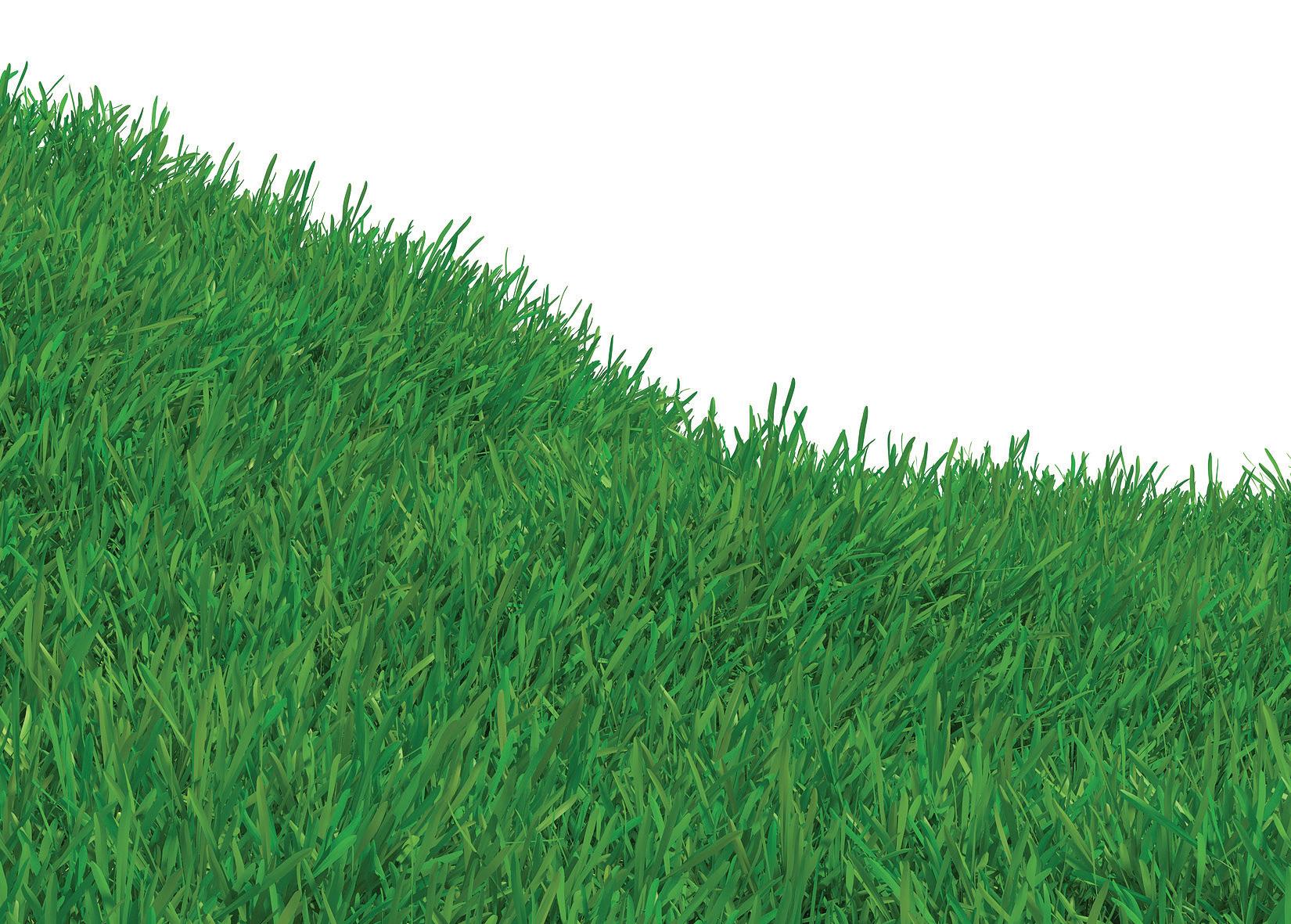Turfgrass Disease Spotlight:

PLUS Taking a Team Approach


PLUS Taking a Team Approach

In just 7 years, over 1.5 billion square feet of TifTuf has been installed on residential and commercial landscapes, golf courses, and collegiate and professional sports fields across our country. As a result, over 46.5 billion gallons of our precious water resources have already been saved . TifTuf has absolutely changed the face of the American landscape! www.THETURFGRASSGROUP.com
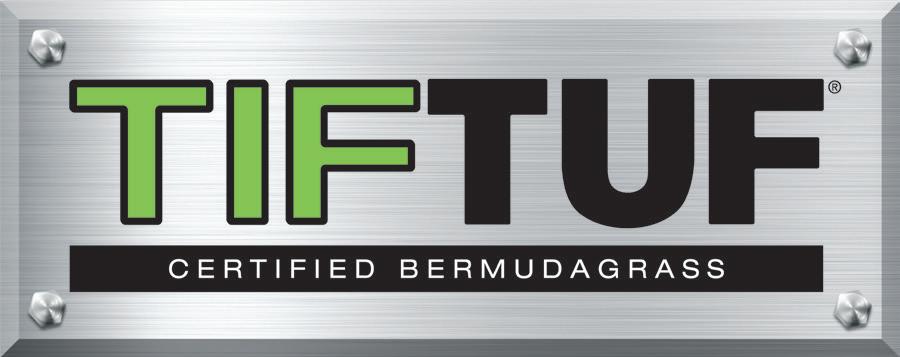



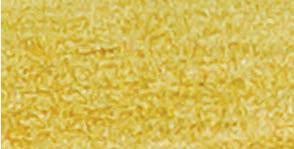









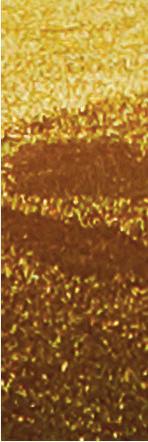






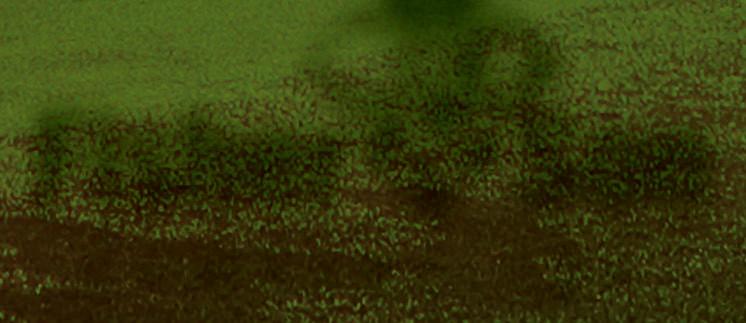
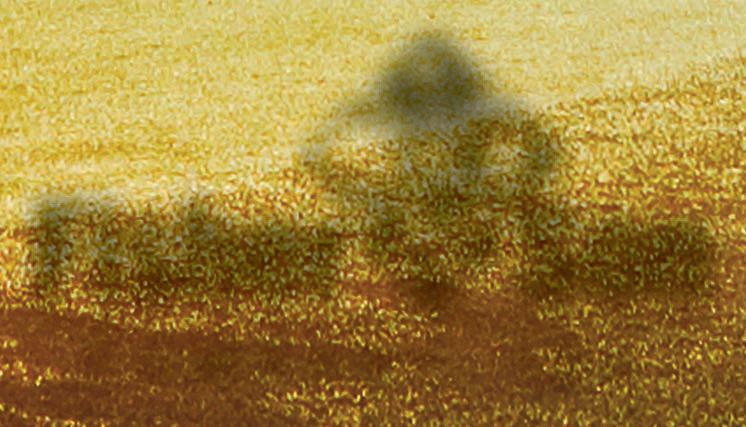





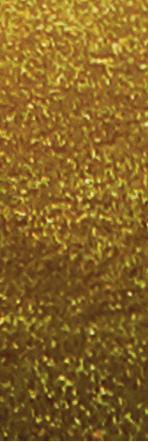

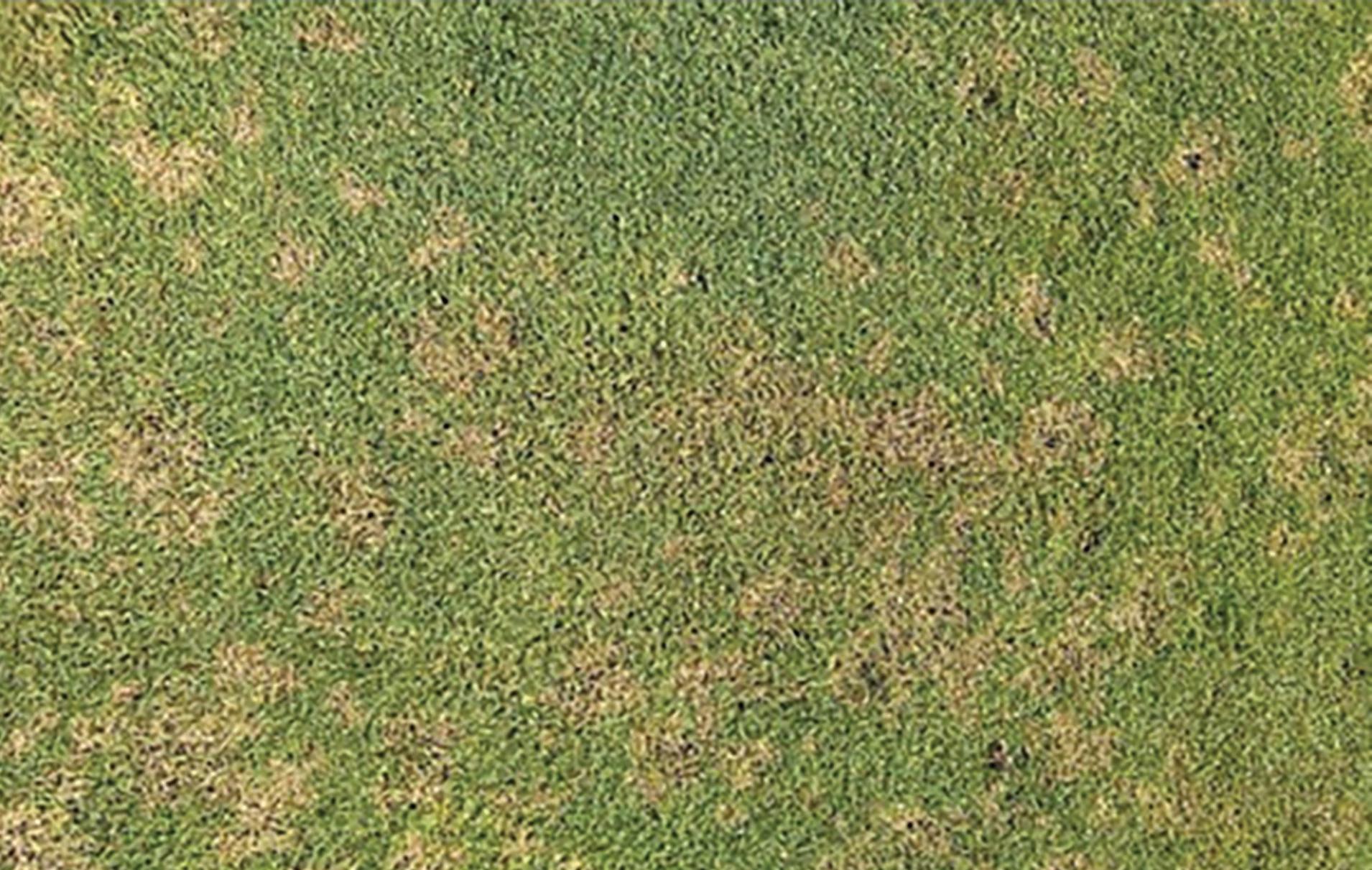
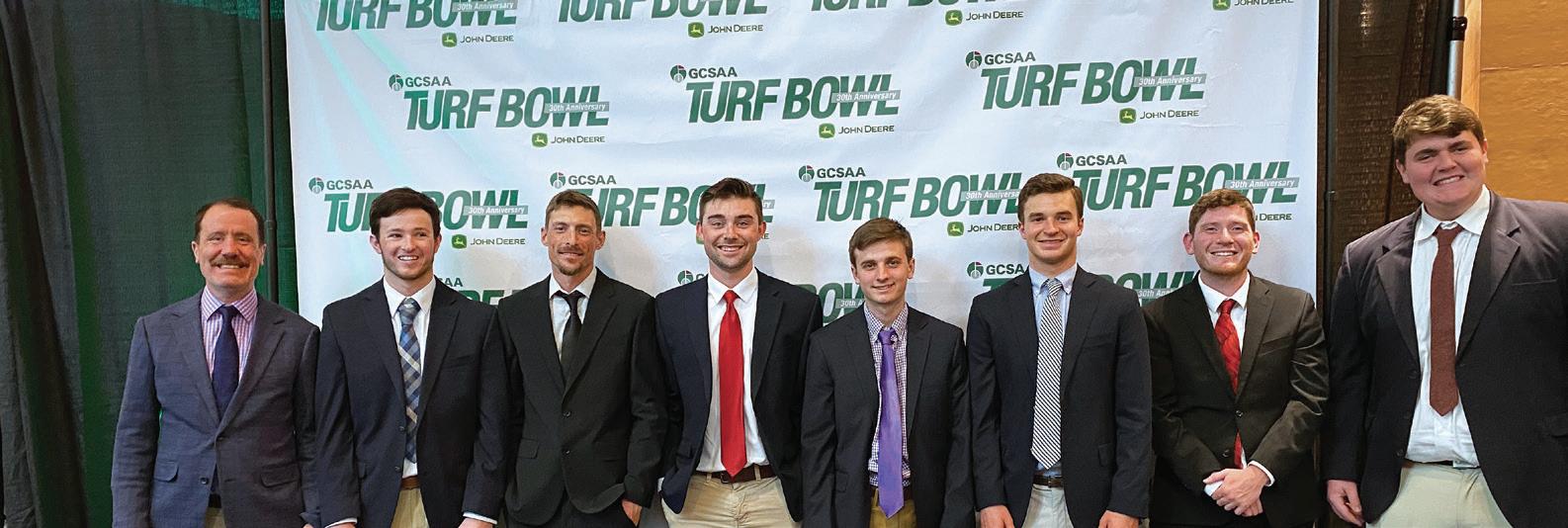
303 S. Talbot Street #389 St. Michaels, MD 21663 ExecDir@MDTurfCouncil.com www.mdturfcouncil.org
Three-Year Director Terms
Jason Beauchamp Collins Wharf Sod Farm 25361 Collins Wharf Rd. Eden, MD 21822 443-783-5222 (c jason@collinswharfsod.com
Jamie Schwartz Turf Equipment & Supply Co. 8015 Dorsey Run Rd. Jessup, MD 20794 240-839-2923 (c jamieschwartz@ turf-equipment.com
Matt Coates MNCPPC-Hyattsville 7721 Polk Street Hyattsville, MD 20785 301-918-4716(o 202-579-6939
(o 667-240-4065 (c Brandon.Sands@hcpss.org
Patrick Coakley Dura Edge Products 1121 Oakwood Lane Bel Air, MD 21015 410-241-3013 (c pcoakley@duraedge.com
SECRETARY
Brian Hogan Calvert Co. Parks and Rec. 4187 Red Oak Dr. Huntington, MD 29639 410-474-6204 Brian.Hogan@calvertcountymd.gov
TREASURER
Katy Cooper 303 S. Talbot St #389 St. Michaels, MD 21663 410-745-9643 (o & h 410-745-8867 (f 443-496-0750 (c treasurer@MDTurfCouncil.com
IMMEDIATE PAST PRESIDENT
Ben Ellis – Superintendent The Courses at Andrews 2806 Brewster Rd. Waldorf, MD 20601 571-340-0122 (c Golfturf54@gmail.com
EXECUTIVE DIRECTOR
Vernon W. Cooper 303 S. Talbot St #389 St. Michaels, MD 21663 410-745-9643 (o & h 410-745-8867 (f 443-742-6618 (c ExecDir@MDTurfCoucil.com
90/10 Tall Fescue
100% Kentucky Bluegrass
TifTuf and Northbridge Bermudas Zeon Zoysia
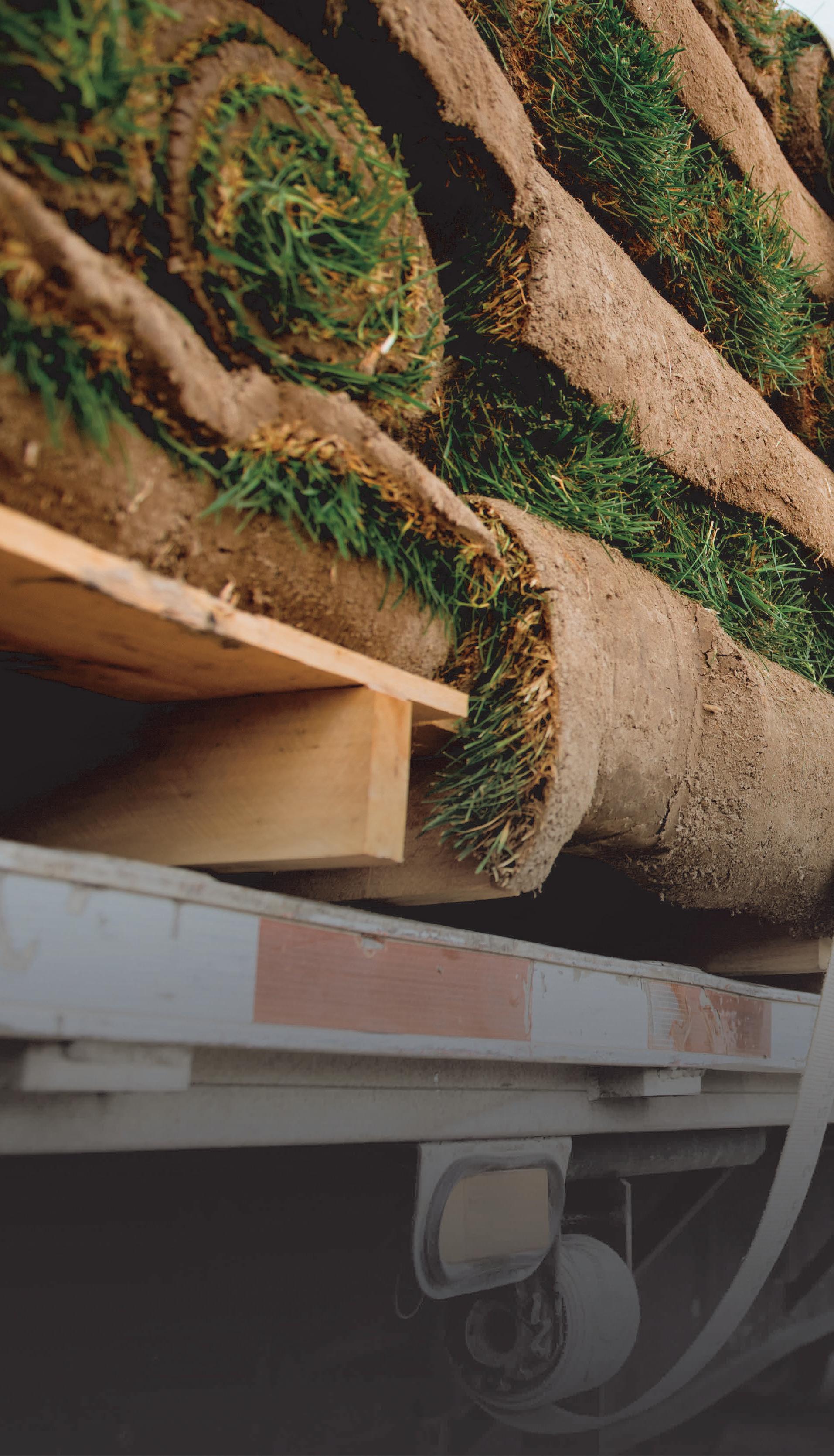
Discover the advantage of partnering with Quantico Creek Sod Farms. Our extensive 4,500 acre farm guarantees the highest quality sod for your projects. As the largest sod farm in the Tri-State and North East area, we have the capacity to meet your demands efficiently and on time. We encourage you to benefit from our 20 years of experience and industry expertise as we help you optimize your operations. Say goodbye to logistics headaches - our reliable sod delivery program ensures convenience, cost savings and exceptional service. Join our network of satisfied customers today and experience the Quantico Creek difference.
Over the past year we have had some rather big changes with the organization behind the scenes, and we are proud to say we are moving forward. One of the biggest changes has been the incorporation of a Deputy Executive Director to assist and support the Board of Directors and Membership. Many of you have seen me running around the Maryland Turfgrass Conference or seen my picture in previous MTC Turf News magazines, but I want to officially introduce myself to everyone so that you have another resource for the Maryland Turfgrass Council.
My name is Ben Ellis, and I will be taking over as Deputy Executive Director of the Maryland Turfgrass Council. While our current Executive Director is still in the picture and looking at the finish line for retirement, the duties and responsibilities of the staff are going to be handled differently in order to best support the MTC membership. I am looking forward to working with the Board of Directors to help produce the strongest organization that we can. If you need anything from the Maryland Turfgrass Council please do not hesitate to reach out.
To the right you will find some upcoming information for future education, The Maryland Turfgrass Conference, and registration link to sign up for the upcoming educational event on June 14th being offered on Zoom.
We hope everyone has a great turf season, and we look to see you all throughout the year.
Ben Ellis
The Maryland Turfgrass Council (571) 340-0122
Golfturf54@gmail.com


avid Funk, Manager of the Paint Branch Turfgrass Research Facility, aka the “Turf Farm” retired at the end of March 2024 ending an over 25-year relationship with the University of Maryland. David graduated from UMD in 1999 with a BS Degree in Turfgrass Science and worked as Dr. Tom Turner’s Technician until his promotion to Facility Manager in May 2005. Without question one of the most popular staff members within the college, David worked with administrators, researchers, graduate students, student workers, farm staff, and industry representatives to facilitate hundreds of research projects. His fantastic sense of humor and infectious laugh helped manage a complicated work environment involving cutting edge science and some often hard, hot, and dirty field work.
It was some leap of faith for a native of Michigan with a background in construction to enter UMD’s turf program, but great relationships often have unlikely beginnings. That construction experience no doubt helped when our old Cherry Hill Turf Facility closed and the new Paint Branch Facility opened in 2001. All that hard work was almost destroyed when an F3 tornado hit College Park very close to the turf farm later that year on September 24, 2001. This is just one of many great stories David can tell.
Those of you who have attended MTC Field Days might have taken all those straight lines defining plots, rows of signage, and multiple mowing heights for granted. Not to mention the accurate measurements of fertilizer and pesticides and the sprayer calibrations necessary to replicate experiments. All those research articles, theses, and dissertations are a credit to David’s hard work. •

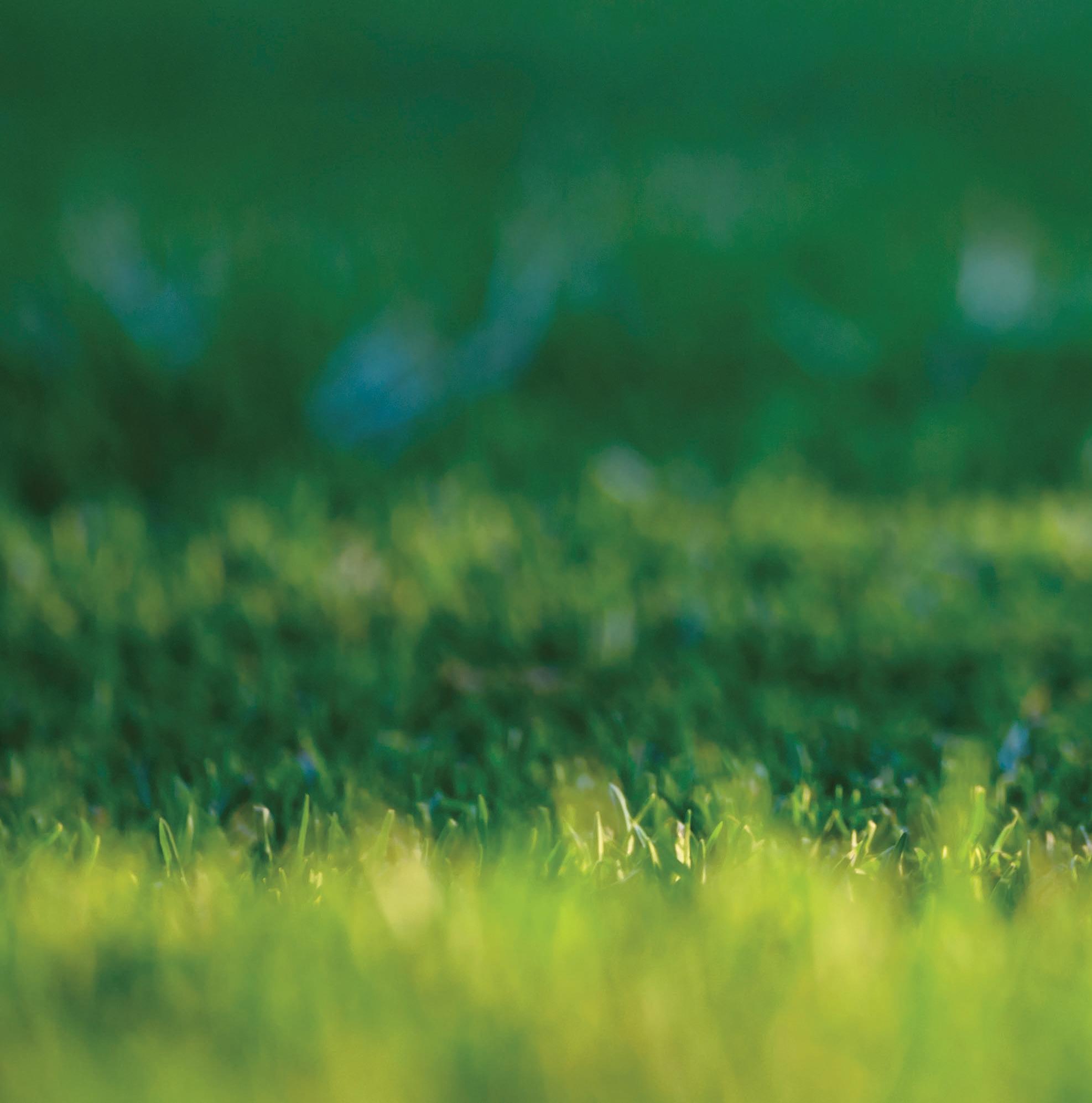
Over 17,200+ Impressions for Top News Post for 2023
https://x.com/TheTurfZone/status/1667634993198424064
Over 13,000+ Impressions for Top Sponsored Post for 2023
https://x.com/TheTurfZone/status/1665765350829424643
Now that we’ve survived another mild winter and we’re all getting geared up for spring, I wanted to share some positive information about what the MTC and our partners at MASFMA are doing. First, we would like to thank everyone who attended our annual conference and re-certification at Turf Valley in December. Also, a big thank you to our sponsors, vendors, and all the speakers. Without you all, it would not have been a success.
On January 23rd, Nicole Sherry (MASFMA and Baltimore Orioles) and I testified in Annapolis in opposition to HB 91 Fossil Fuel Powered Lawn Equipment State Purchase, Use, and Contracts, Prohibition. We are proud to say that the Bill did not pass. Although we are not opposed to the use and purchase of electric equipment, we were opposed to a state mandate forcing companies and organizations to have to do so. The Chain of Custody Bill for synthetic field disposal was recently passed with the efforts of MTC and MASFMA at the forefront. This was a big win for our industry. This has been successful through our continued service from our lobbyist, Richard Reinhardt from Percy Public Affairs. Also, we continue to build strong relationships with other state officials including the Secretary of Agriculture and his team.
As always, be on the lookout for training and certification courses, field day events, and other networking opportunities throughout the year. We look forward to seeing you at these events.
As always, let’s keep growing together.
Your President
 Brandon Sands
Brandon Sands

MARYLAND DEPARTMENT OF AGRICULTURE
Rick Boldissar
Turf & Seed Section
50 Harry S Truman Parkway Annapolis, MD 21401 Work: 410-841-5968 • Cell: 443-791-2896 Rick.boldissar@maryland.gov
Kelly Love
Pesticide Regulation
50 Harry S Truman Parkway Annapolis, MD 21401 410-841-5710 • kelly.love@maryland.gov
Tim Zang
Urban Nutrient Management
50 Harry S Truman Parkway Annapolis, MD 21401 Work: 410-841-5955 • Cell: 410-980-9084 tim.zang@maryland.gov
UNIVERSITY OF MARYLAND
Department of Plant Science & Landscape Architecture
Dr. Mark Carroll Environmental & Pesticides 2132 Plant Science Bld. College Park, MD 20742 Campus: 301-405-1339 • Farm: 301-314-6303 mcarroll@umd.edu
Dr. Fereshteh Shahoveisi Assistant Professor, Plant Pathology 2110 Plant Science Bld. 4291 Fieldhouse Dr. • College Park, MD 20742 301-405-4355 • fsh@umd.edu
David Funk Turf Farm Manager 395 Green Meade Dr. • College Park, MD 20740 Farm: 301-314-6300 • Cell: 301-335-4208 dfunk@umd.edu
Institute of Applied Agriculture:
Geoffrey Rinehart Turfgrass Management 2113 Jull Hall • 4196 Stadium Dr. College Park, MD 20742 Campus: 301-405-4692 • Cell: 253-592-3528 rinehart@umd.edu
Professor Emeritus:
Dr. Tom Turner
Turfgrass Nutrients / Extension 624 Woodsman Way • Crownsville, MD 21032 Farm: 301-314-6302 • Cell: 410-353-8859 tturner@umd.edu
Dr. Kevin Mathias
Turfgrass Entomology 66 Eddins Lane • Ruckersville, VA 22968 Cell: 301-233-2211 • jkm@umd.edu
Dr. Peter Dernoeden Turfgrass Pathology 18086 White Oak Dr. • Milton, DE 19968 Home: 302-329-9281 • Cell: 302-359-9943 pd@umd.edu
Safe – Non Phytotoxic – Tank-mix Compatible No Resistance - 25b EPA Exempt Fungicide

BioPlex Pathogen POWER+ provides an exciting opportunity for the golf course superintendent to find an inexpensive, dependable and high functioning disease control substitute to include in a fungicide rotation. And most importantly, without sacrificing performance results, compatibility or the bottom line (As low as $25-$49/acre per application).
Labeled for 36 Turf Disease Pathogens: Including Anthracnose, Fusarium, Phytophthora, Powdery Mildew, Pythium, Brown Patch, Dollar Spot, Verticillium, Agrobacterium, Bacterial Blast, Pseudomonas, Mosaic Viruses, and More. Soil Drench Applications: Provide Dual Control for 9 Different Nematodes
BUDGET SENSITIVE

2023 Numbers By the




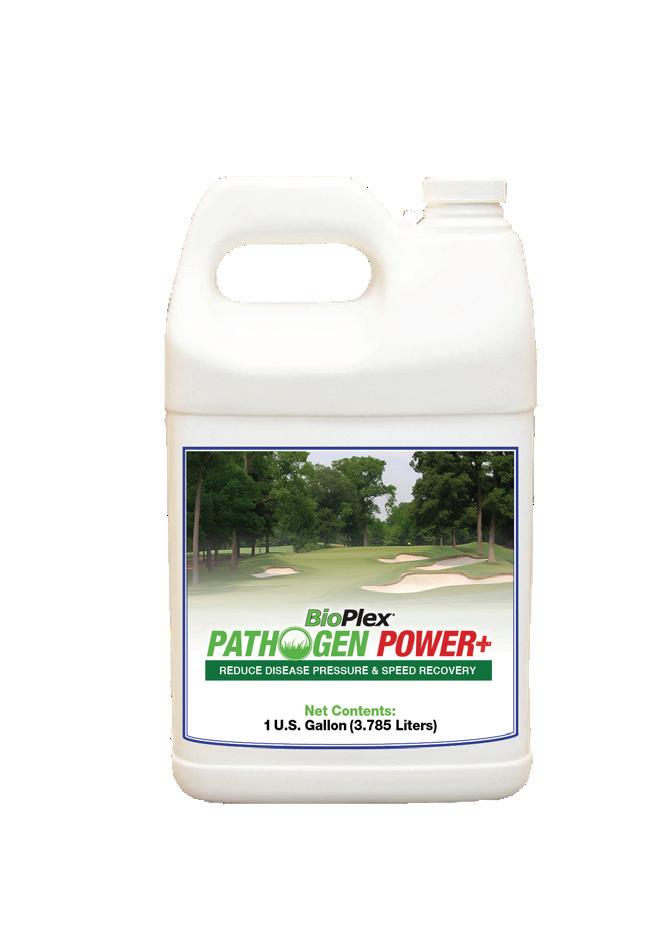


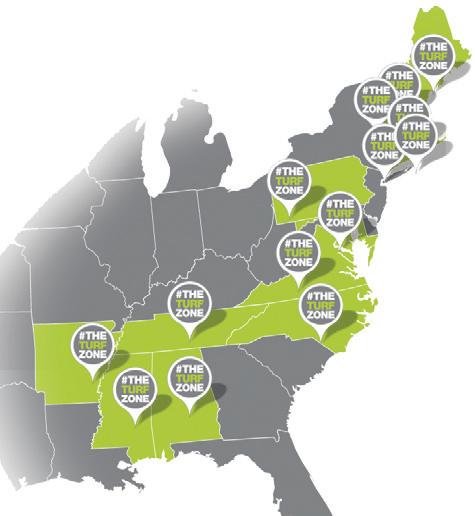
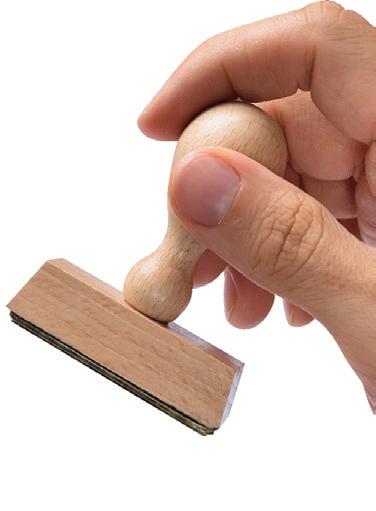

All photos by the author
Dollar spot is a common fungal disease that affects turfgrass and is capable of causing damage to golf courses, athletic fields, and home lawns; however, it is more of a concern on high-maintenance turfgrass such as golf courses. Dollar spot can affect a wide range of turfgrass species, but some are more susceptible than others. Specific cultivars of creeping bentgrass and annual bluegrass are highly susceptible to dollar spot, while tall fescues, perennial ryegrasses, and Kentucky bluegrasses are moderately susceptible. Zoysiagrass and bermudagrass are less susceptible to dollar spot than the other species. Less susceptible species can be significantly damaged under environmental conditions that encourage the growth and spread of the fungus.
Dollar spot disease is caused by several species of a fungal pathogen (Clarireedia spp.) with C. jacksonii and C. monteithiana being the most common species on cool season and warm season turfgrass in the US, respectively. Clarireedia spp. infection occurs through penetration of the mycelium (a network of thread-like structures) to the leaf tissue. The pathogen survives unfavorable environments such as winters by forming dark-colored survival structures known as stroma.
The pathogen produces mycelium that grows on the turfgrass leaves, stems, and thatch which is visible on the canopy after prolonged leaf wetness durations (Figure 1). Initial symptoms of the disease under golf course management are the formation of 1–3–inch discolored spots, approximately the size of a silver dollar. The spots are usually circular or oblong in shape and have a brownish-tan color (Figure 2). On higher-cut (2–3 inches high) turfgrass, such as athletic fields or home lawns, the infected areas can expand to 6 inches or more, and the grass blades will have tan lesions with brown borders. These lesions resemble hourglass shapes which make dollar spot lesions distinguishable from other diseases such as brown patch and Pythium blight (Figure 3). As the disease progresses, the patches merge to form larger areas of damage. The affected turfgrass may appear thin and stunted, and the leaves may turn yellow and wither. In severe cases, the turfgrass may die and eventually leave bare soil behind.
The pathogen is most active when the temperatures are between 60°F and 85°F (15°C and 30°C) and the relative humidity is high (above 90%). However, some other diseases such as brown patch, gray leaf spot, or Pythium are more severe in mid-summer when the temperature is higher. In Maryland, dollar spot occurs between late March/early April to October with the disease being most prevalent in the spring and fall. It is worth noting that under favorable environmental conditions, the disease may appear 12 months out of the year in Maryland. Warm days and cool nights that result in dew formation on the turfgrass canopy provide the most favorable environments for dollar spot outbreaks.
New turfgrass cultivars have better dollar spot tolerance levels. For instance, creeping bentgrass cultivars Oakley, Coho, Declaration, Piper, and 007XL have shown promising dollar spot tolerance. More information about improved cultivars is available on the National Turfgrass Evaluation Program (NTEP) website at www.ntep.org.
Cultural practices are an important component of an integrated pest management program for dollar spot disease. The following cultural practices can help prevent or reduce the severity of the disease:
• Proper Irrigation: Proper irrigation is critical for preventing dollar spot disease. Irrigation should be timed to avoid prolonged periods of leaf wetness, which promote the growth of the pathogen. Early morning irrigation is preferable to evening irrigation because it allows the turfgrass to dry out during the day.
• Fertility Management: Proper fertility can help prevent dollar spot disease by promoting healthy turfgrass growth. Turfgrass should be fertilized according to soil test results to ensure the appropriate amounts of phosphorus and potassium. Applying nitrogen fertilizer in late spring/early summer reduces the dollar spot severity. Nitrogen applications in multiple, small applications has better results in disease management rather than single, high rates. This will promote steady growth and reduce the risk of dollar spot outbreaks. Please refer to Maryland nutrient management guidelines as outlined in the University of Maryland Turfgrass Technical Updates for more information.
• Mowing Practices: Proper mowing can help prevent dollar spot disease by promoting healthy turfgrass growth. Turfgrass should be mowed at the appropriate height for the species and maintained at a consistent height. Mowers with sharp blades will reduce the tearing of the turfgrass blades, thereby promoting healthy growth.
• Rolling, Topdressing, and Dew Removal: Researchers at Michigan State University note that daily lightweight rolling (4 to 5 times per week) can significantly reduce the severity of dollar spot on putting greens. An additional research study revealed that sand topdressing was more consistent at reducing dollar spot in golf course fairways compared to rolling. Regular dew removal can also reduce the disease severity which will allow extended fungicide application intervals. It is important to note that other factors such as weather conditions and fungicide efficacy can change the impact of these cultural practices.
• Thatch Management: Extensive thatch accumulation, which adversely affects air exchange, water infiltration and fertilizer utilization, can create an environment conducive to dollar spot disease development. Thatch should be managed through core aeration and topdressing to encourage the breakdown of thatch and promote healthy soil structure.
• Soil Management: Relieving soil compaction is critical for preventing dollar spot disease. Soil compaction should be reduced through core aeration, and drainage should be improved in areas where water tends to accumulate.

1

2

3
Table 1. List of some effective fungicides for the management of dollar spot. Fungicide labels should be checked for the rates, carrier volume, registration for residential turfgrass areas, and other information. Use of a product name does not imply endorsement of the product to the exclusion of others that may be suitable.
(Torque, Mirage Stressgard, Sipcam
ArmorTech
+ propiconazole (Headway, Goliath)
(Honor Intrinsic)
Chlorothalonil + acibenzolar-S-methyl (Daconil Action)
Chlorothalonil + fludioxonil + propiconazole (Instrata)
Chlorothalonil + iprodione + thiophanatemethyl + tebuconazole (Enclave)
Chlorothalonil + propiconazole (Concert, Concert II)
Chlorothalonil + thiophanate-methyl (ConSyst, Spectro, Broadcide, Peregrine, Tee-1- Up, TM/C)
+ acibenzolar-S-methy (Secure Action)
+ tebuconazole (Traction)
Fluopyram + trifloxystrobin (Exteris Stressgard) 1
Iprodione + thiophanate-methyl (26/36, Dovetail, Twosome, ArmorTech TMI)
Iprodione + trifloxystrobin (Interface Stressgard)
Isofetamid + tebuconazole (Tekken)
Pyraclostrobin + fluxapyroxad (Lexicon Intrinsic) 1
Pyraclostrobin + mefentrifluconazole (Navicon)
Trifloxystrobin + triadimefon (Armada1, Tartan)
Fungicide labels should be checked for the rates, carrier volume, registration for residential turfgrass areas, and other infor mation.
1 One or all commercial products are registered for residential lawns
2 Efficacy varies depending on application intervals
3 Researchers have reported isolates of the pathogen with reduced sensitivity or resistance to sub-groups of the SDHI and DMI fungicides, thiophanate methyl, and iprodione.
* Some information in this table is adapted from Clarke, B., Vincelli, P., Koch, & P., Munshaw, G. Chemical control of turfgrass diseases in 2020. University of Kentucky, 2021. http://www2.ca.uky.edu/agcomm/pubs/PPA/PPA1/PPA1.pdf
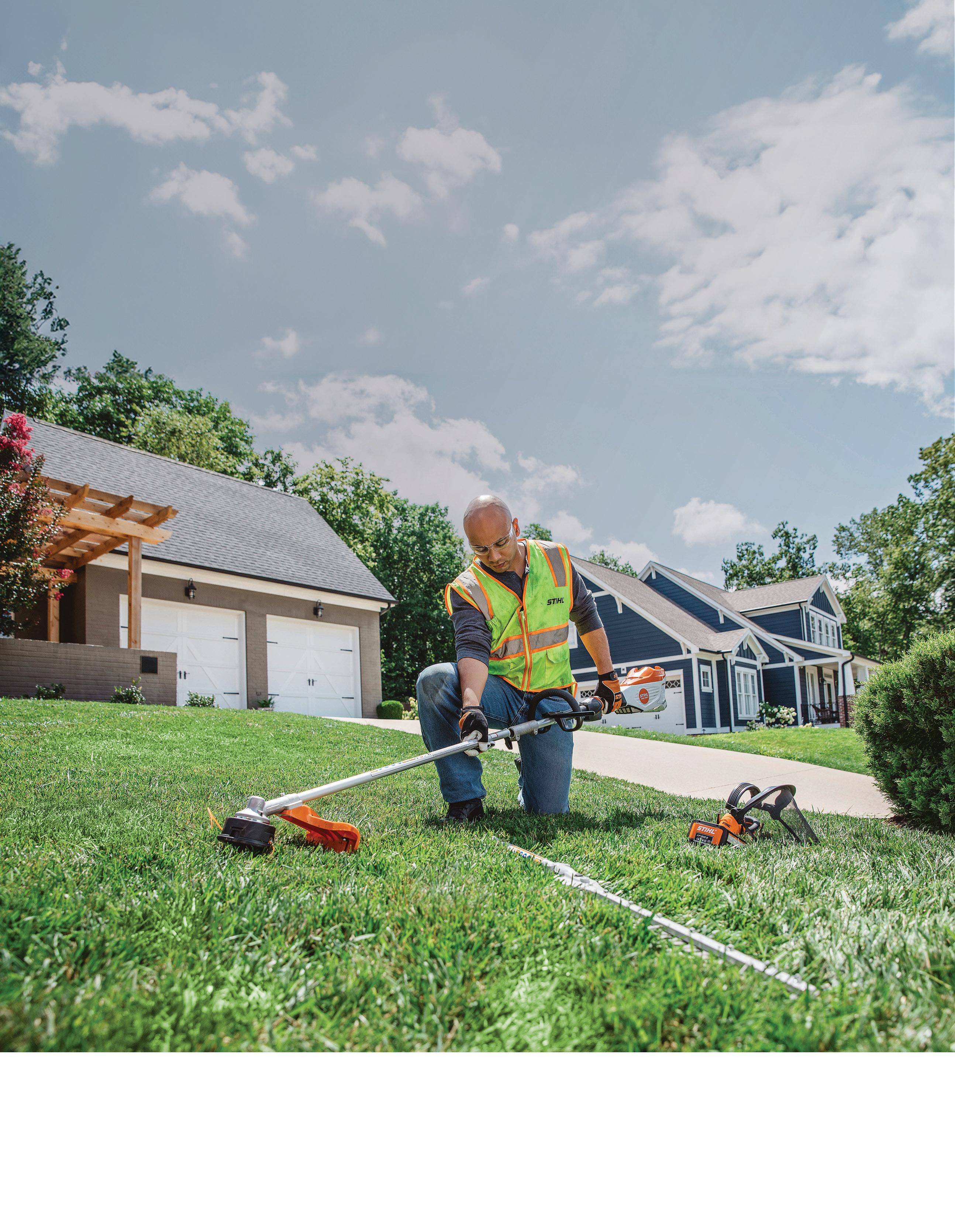
TACKLE ANY TASK
The battery-powered KMA 135 R KombiMotor has 15 optional attachments, making it the ultimate piece of outdoor power equipment.

Several species of Bacillus and Trichoderma can be effective in dollar spot management (Clarke et al., 2021). Bacillus licheniformis (product name: EcoGuard) has a more consistent dollar spot control than other biological agents such as Bacillus subtilis strain QST 713 (Rhapsody), Trichoderma harzianum Rifai strain T-22 (T-22 WP), and Trichoderma virens G14 (TurfShield PLUS). There are limited experiments conducted on Pseudomonas species. It is important to notice that biological materials are not effective for dollar spot management as a stand-alone management technique. However, incorporating biological control with other management practices such as cultural and chemical is beneficial and could reduce the number of chemical applications.
Fungicides are one of the primary means for managing dollar spot management, especially on golf courses and athletic fields. It is important to note that fungicides should be used in conjunction with cultural practices and should not be relied upon as the sole means of control. Overuse of fungicides can lead to the development of fungicide-resistant strains of the pathogen, which can be more difficult to control. It is also important to rotate the use of fungicides with different modes of action or to tank mix different groups to reduce the risk of resistance development. This is specifically important for dollar spot, as some isolates of the pathogen have shown resistance to thiophanate methyl. Some isolates also have reduced sensitivity to several sub-groups of SDHI and DMI fungicides, and iprodione. Table 1 outlines the list of some of the fungicides with consistent effective dollar spot control across studies; this list does not include all the commercially available fungicides.
Dollar spot is a fungal disease that poses a significant threat to turfgrass, particularly highly- maintained turfgrass. Dollar spot can be identified by the formation of small, discolored spots on the low mowing heights and larger patches on higher cut turfgrass. The disease is most active when temperatures range between 60°F and 85°F with high humidity. Proper cultural practices such as irrigation, fertility management, mowing, rolling, topdressing, dew removal, thatch and soil management, along with the use of resistant cultivars, can help prevent or reduce the severity of dollar spot. Biological management using certain species of Bacillus and Trichoderma has shown promise but requires more research. Fungicides are the main tool for disease management, especially in golf courses and athletic fields. However, caution should be exercised to avoid overreliance on fungicides and the development of resistant strains. It is important to regularly rotate fungicides with different modes of actions (FRAC groups) to minimize resistance development. An integrated approach that combines cultural, biological, and chemical management strategies is the most effective means of controlling dollar spot and maintaining healthy turfgrass. •
Clarke, B., Vincelli, P., Koch, & P., Munshaw, G. (2021). Chemical control of turfgrass diseases in 2020. University of Kentucky. http://www2.ca.uky.edu/agcomm/pubs/PPA/PPA1/ PPA1.pdf
Delvalle, T. C., Landschoot, P. J., & Kaminski, J. E. (2011). Effects of dew removal and mowing frequency on fungicide performance for dollar spot control. Plant disease, 95(11), 1427–1432.
Espevig, T., Usoltseva, M., & Norman, K. (2020). Effects of rolling and N-fertilization on dollar spot and Microdochium patch on golf greens in Scandinavia. In Y. Tokarev and V. Glupov (Eds.), BIO Web of Conferences (Vol. 18, p. 00008). EDP Sciences.
Giordano, P. R., Nikolai, T. A., Hammerschmidt, R. and Vargas Jr, J. M. (2012). Timing and frequency effects of lightweight rolling on dollar spot disease in creeping bentgrass putting greens. Crop Science, 52(3), 1371–1378.
Green, T. O., Rogers, J. N., Crum, J. R., Vargas, J. M. and Nikolai, T. A. (2019). Effects of rolling and sand topdressing on dollar spot severity in fairway turfgrass. HortTechnology, 29(4), 394–401.
This article, Turfgrass Diseases: Dollar Spot (FS-20230665), is a part of a collection produced by the University of Maryland Extension within the College of Agriculture and Natural Resources.
The information presented has met UME peer-review standards, including internal and external technical review. For help accessing this or any UME publication contact: itaccessibility@umd.edu
For more information on this and other topics, visit the University of Maryland Extension website at extension.umd.edu
University programs, activities, and facilities are available to all without regard to race, color, sex, gender identity or expression, sexual orientation, marital status, age, national origin, political affiliation, physical or mental disability, religion, protected veteran status, genetic information, personal appearance, or any other legally protected class.

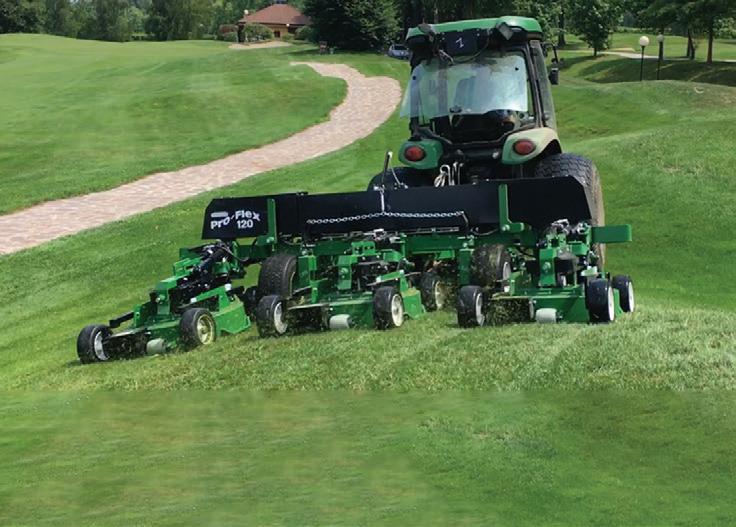

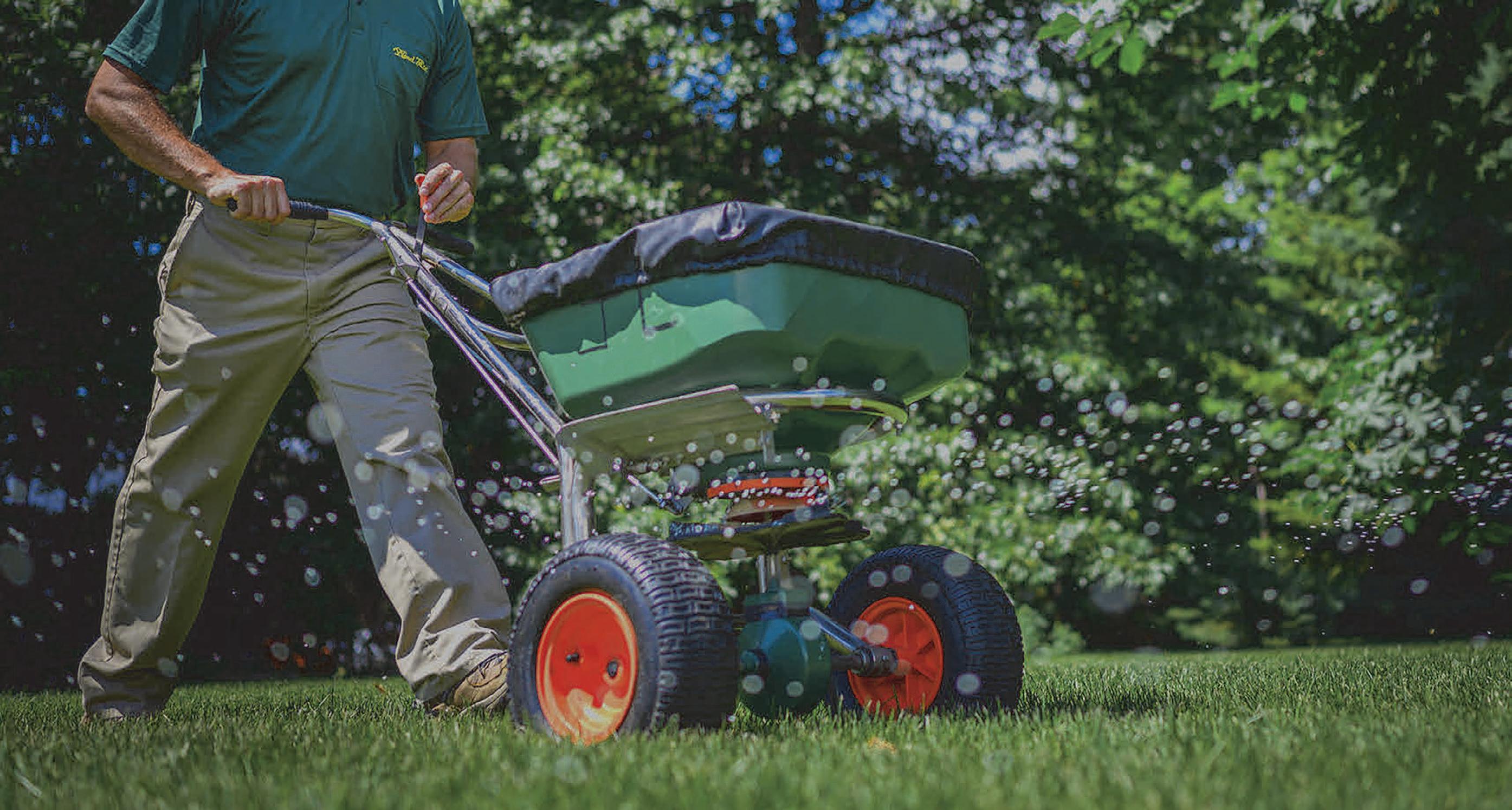

January 22, two teams of UMD undergraduate students and their coach set out to compete in the first of two national turfgrass competitions at the Sports Field Managers Association (SFMA) in Daytona Beach, FL. A week later students competed in the Turf Bowl at the Golf Course Superintendents Association of America (GCSAA) conference in Phoenix, AZ. The teams had been working since August to prepare for these competitions, meeting weekly to practice. Areas of study included: Turfgrass Soils; Soil Fertility; Irrigation; Drainage; Turfgrass Mathematics; Pest Management; Turfgrass Identification; and Sports Field Management.
The team first competed in the SFMA Student Challenge in Daytona, Florida, against twenty-nine other national schools, including Penn State, Ohio State, and Purdue. Here, students were challenged to solve problems applied to sports field management. Maryland’s top team, consisting of Luke Murnane, Matt Miller, Connor Todd, and Gabe Gammill placed 6th out of 29 teams. One week later, the UMD team flew to Phoenix for the Turf Bowl against a pool of sixty-three other national teams. Murnane, Miller, Todd, with another teammate, Sam Burke, placed 12th out of 63 school teams.
When asked what was the most challenging part of the competitions, Scott Godfrey, a second-year student in General Turfgrass, stated, “There is a lot of material; grasping what is important information and what is not” is hard. Especially challenging for the team was the variety of insects, weeds, diseases, and irrigation management calculations on which they were tested. Murnane, a junior student in Turfgrass Management said, “Weed identification was challenging, as many weeds were from the west.” This meant the team had to do much of their preparation from textbook info since actual samples were not available on campus. “This is not the way we normally teach in the IAA,” stated Geoff Rinehart, Turf Grass Management Senior Lecturer and Advisor and Coach of the UMD Team. “My labs are usually out in the field or on the course, or at least include actual specimens of insects, weeds, grasses, diseases, and seeds.”
Beyond the opportunity to compete, team members meet and mingle with turfgrass professionals. Kyle Thompson, a two-year member of the UMD Turf Bowl team, spent part of his time in Phoenix meeting and interviewing with Jess Humphrey, the Superintendent of Snowmass Club. One week later, Humphrey offered Kyle a position as Second Assistant to Superintendent at the Club in Snowmass, CO. Kyle will graduate with his Golf Course Management certificate this May. “The competition is hard work, but it greatly benefits our students,” said Rinehart. “They leave the experience with knowledge, confidence, contacts, and team connections, all of which will benefit their careers for years to come.”
Team members agree with Rinehart. “Turf Bowl is a unique experience. The competition is educational rigor and team building.” shared Joe Poulas, a first-year Golf Course Management student. “I have no doubt my teammates and I will be better students because of the opportunity to compete together. I’m already thinking about next year’s Turf Bowl and how we can improve!”
This year’s UMD Turf Bowl teams included John Burton, Sam Burke, Gabe Gammill, Scott Godfrey, Joe Poulas, Ryan Kasner, Matt Miller, Luke Murnane, Kyle Thompson, and Connor Todd.
As always, the UMD team is grateful to the Maryland Turfgrass Council (MTC), the MidAtlantic Association of Golf Course Superintendents (MAAGCS), the Mid-Atlantic Sports Field Managers Association (MASFMA), and the Eastern Shore Golf Course Superintendents Association (ESGCSA) for their support of our program! •



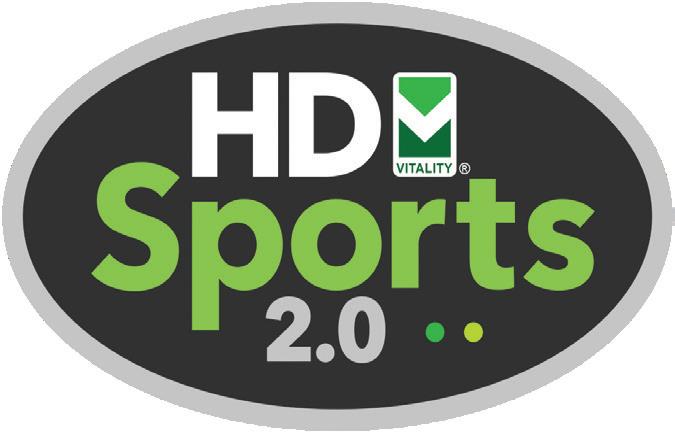
re you feeling tired lately? Perhaps the thought of another season just seems to weigh heavier this year than the past few years? It’s a common feeling right now. With all the pressures we must face as turfgrass managers, from the weather to the economy to the job market to the supply chain, it seems like change is the only constant in a world that is becoming more uncertain every day. Fortunately, we don’t have to navigate it alone.
This feeling of being depleted or exhausted often arises from workplace stress that hasn’t been successfully managed. For leaders, the issue isn’t necessarily that there is too much workplace stress, but rather that they often try to manage all the stresses themselves. It’s almost like the more they try to do, the worse the problem gets.
Some leaders have said, “It’s lonely at the top.” This sentiment is a self-created mistake, and certainly not the best way to lead. Great leaders understand that by building real connections with their people, they foster trust, loyalty, and development that helps the whole organization thrive in difficult situations. They create a team environment where everyone can say that they have a “best friend at work” and engagement peaks.
When a whole team is united and shares a common set of values by which to make decisions, it becomes much easier for leaders to trust others with leadership initiatives. Instead of driving each change, process, or idea themselves, leaders can feel free to allow other team members drive initiatives. Sharing the load allows everyone to better manage the workplace stress and work can become enjoyable again.
What’s more, the best leaders will recognize the individual strengths that their team members contribute and often discover that delegating responsibility for driving initiatives doesn’t only free up time and energy but has the potential to deliver better results as well. There are usually only a few things that we can do great in life, so partnering with those who have complementary talents allows our teams to reach new heights with a better range of competencies.
Have you allowed those around you to realize their potential by driving important initiatives? Or are you still trying to muster the energy to shoulder the entire load yourself? Let’s make this season our best yet by empowering those around us to shine and become refreshed by working as a member of a true team. •
Neal Glatt is Managing Partner of GrowTheBench.com, an online training platform for the green industry. Connect with Neal at NealGlatt@gmail.com.

